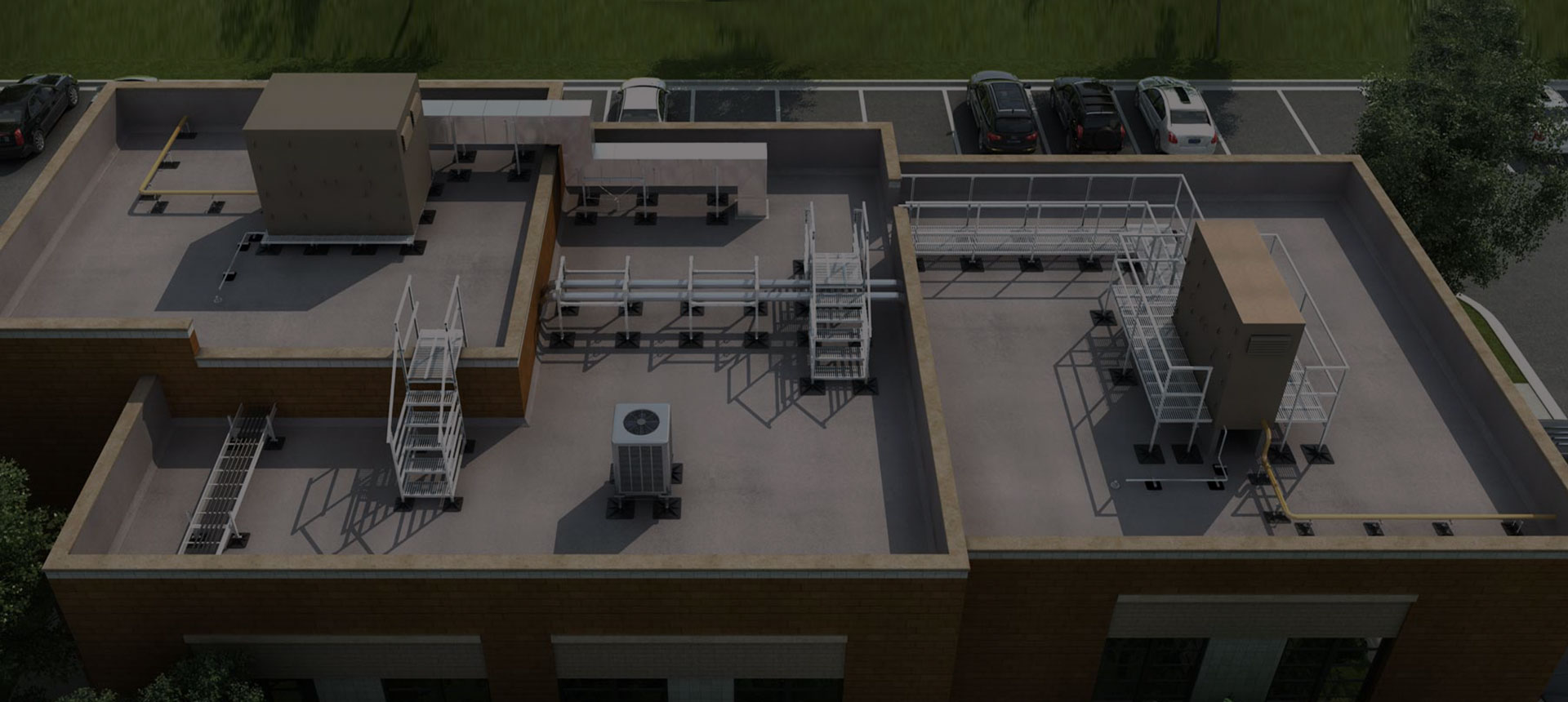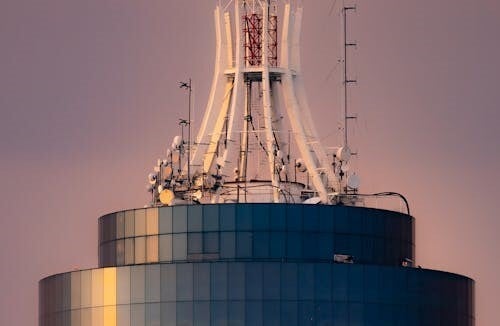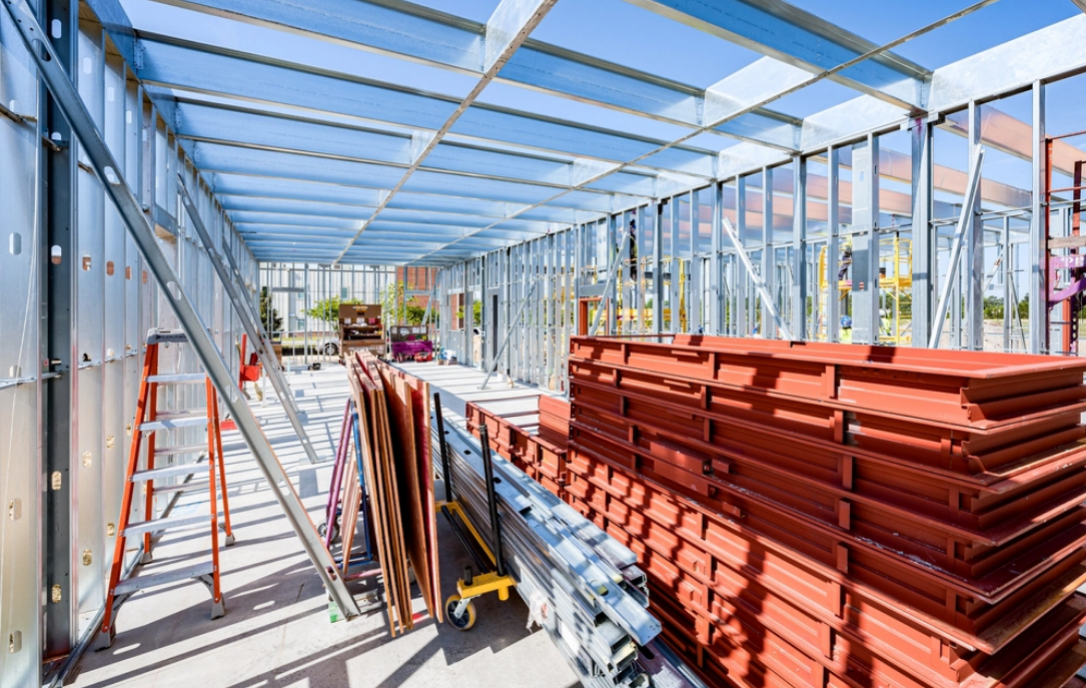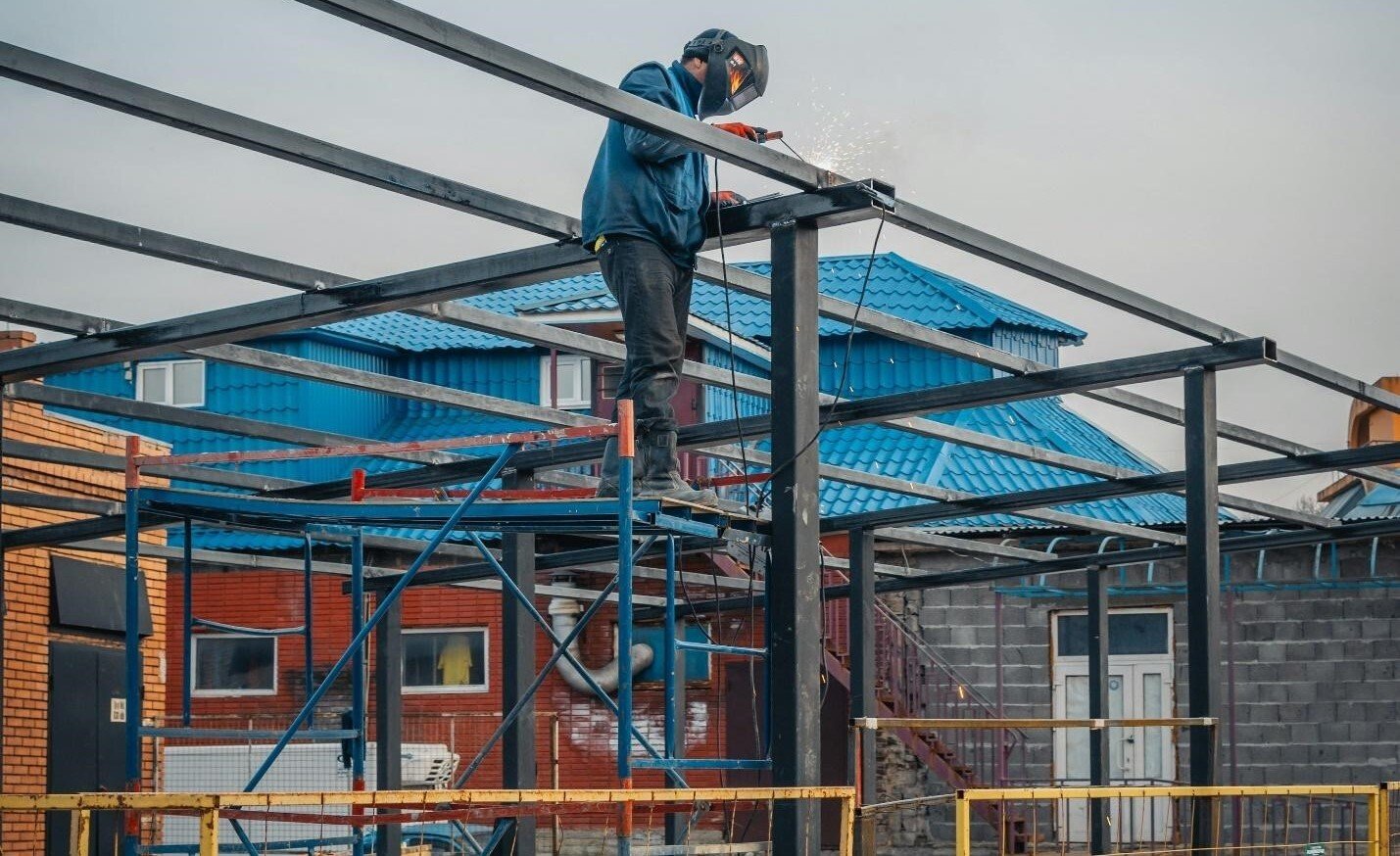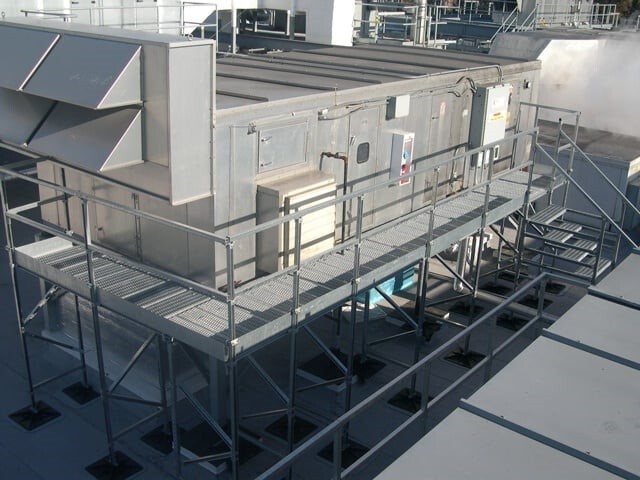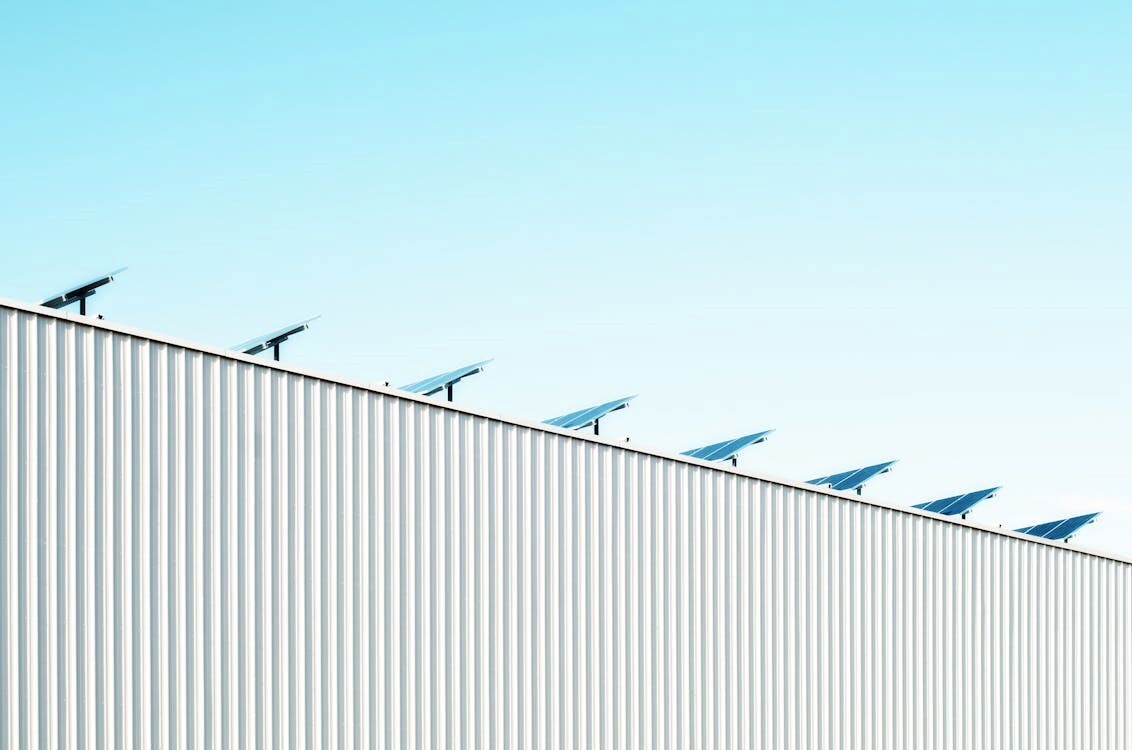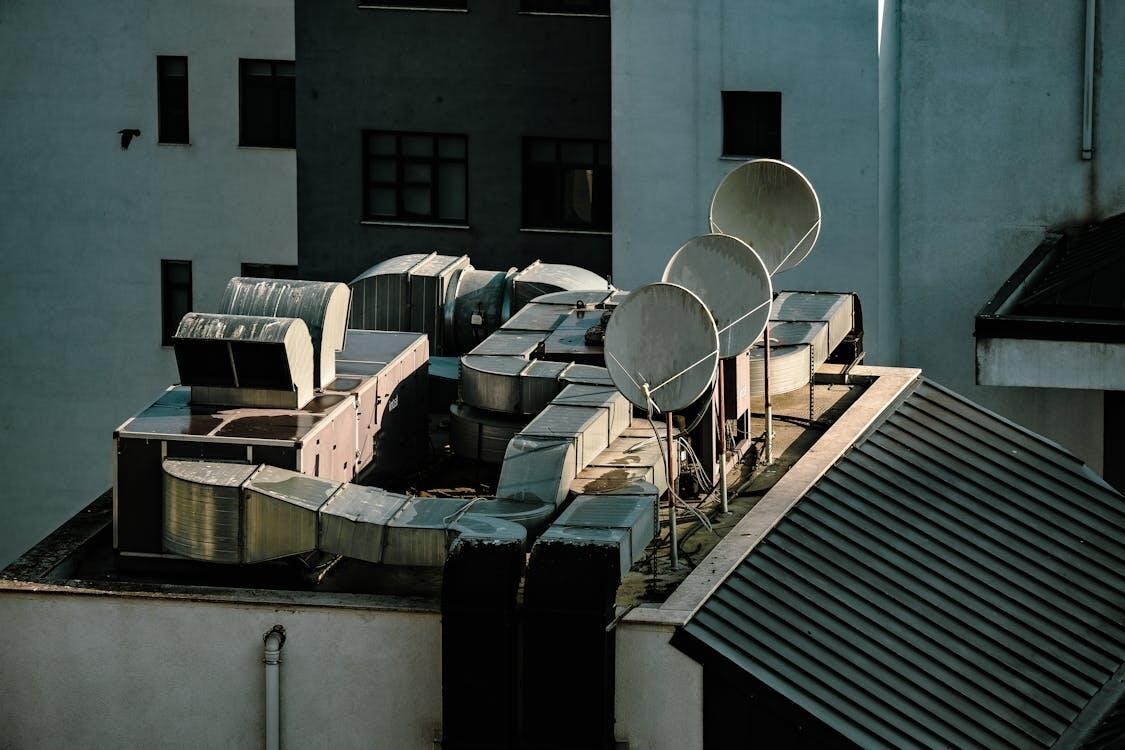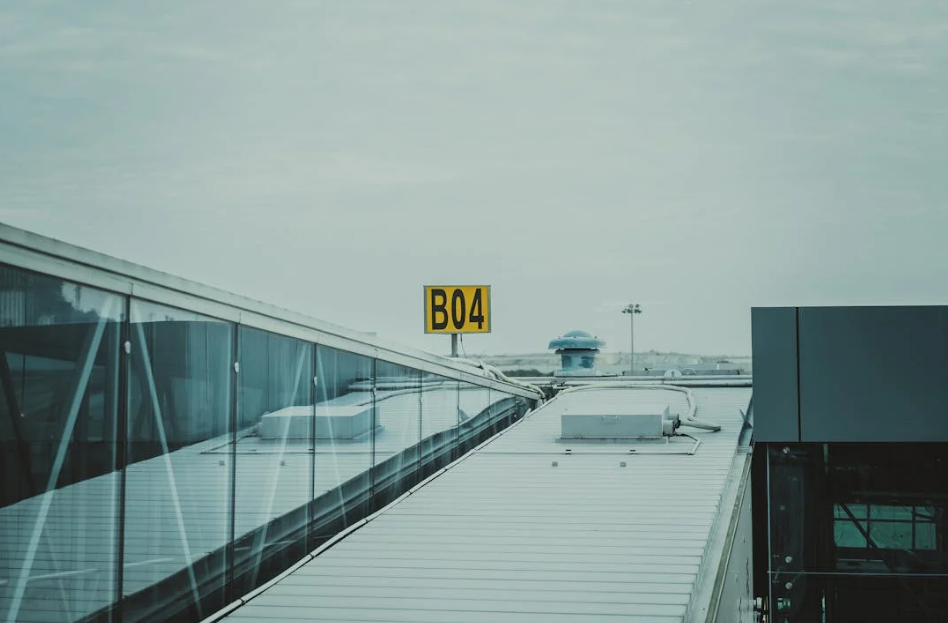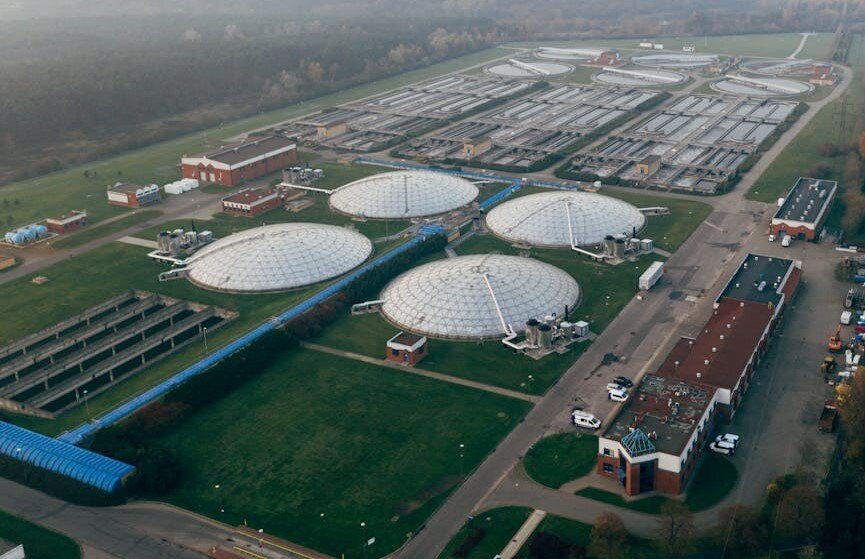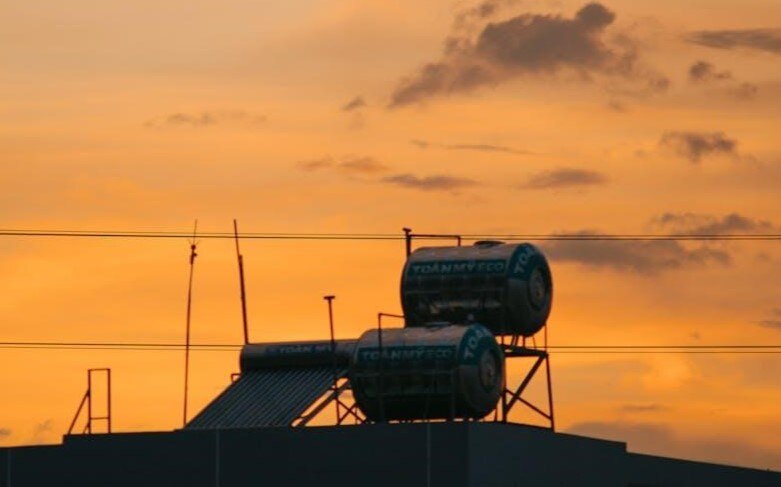When considering support structures for heavy equipment, it is crucial to ensure they are designed and manufactured to handle the specific requirements of your equipment and comply with safety regulations. Proper support structures enhance the safety, longevity, and efficiency of both the equipment and the building.
What to Consider When Getting Support Structures for Heavy Equipment Manufactured?
Topics: Roof Safety, Rooftop Equipment
Why Modular Roof Support Systems Are the Future of Urban Architecture
According to several recent reports, the global market for modular construction is expected to reach $148.97 billion by 2028, driven by the growing demand for sustainable and efficient building solutions. This trend is particularly relevant in urban architecture, where space and efficiency are paramount. Modular roof support systems are emerging as a key innovation in this sector.
Topics: Rooftop Support Engineering, Roof Architecture, Construction
5 Innovations in Roof Equipment Support Structures for Sustainable Buildings
Roof equipment support structures are crucial in modern construction. While they have been around since the 1990s, modern roof equipment support structures have evolved considerably due to better civil engineering and improved materials.
What Are the Latest Trends in Rooftop Walkway and Crossover Design?
Rooftop walkways and crossover designs are crucial for ensuring safe and efficient access to rooftop equipment. The latest trends in this field focus on enhancing safety, functionality, and sustainability. These innovations aim to meet the evolving needs of commercial and industrial buildings, ensuring compliance with safety standards while optimizing maintenance and operational efficiency.
Topics: Roof Safety, Rooftop Equipment
How Support Structures Keep Our Commercial & Industrial Sectors Safer
According to OSHA, falls from heights account for more than 30% (100 per year) of construction-related fatalities. This highlights the critical need for robust rooftop support structures. These systems ensure safety and functionality on commercial and industrial rooftops. However, they come with their own set of challenges and benefits as well.
Topics: Roof Safety, Commercial Roof Issues
At a glance, rooftop support systems seem fairly straightforward and easy to install. However, there are a number of things that can go wrong during and after installation, especially under seismic or weather stresses. It is important to prioritize quality and functionality to ensure that the system remains cost-effective.
Transforming Rooftops into Functional Spaces with Innovative Support Solutions
Did you know that utilizing rooftop spaces can increase a building’s usable area by up to 25%? Many use it for a rooftop garden, a pool, or simply as a party venue. Commercial rooftops, on the other hand, can serve another very crucial purpose; to safely house large equipment and outdoor units, keeping it safe from public misuse or tampering.
How Can Advanced Support Structures Pave the Way for Greener Buildings?
Advanced rooftop support structures play a crucial role in paving the way for greener buildings by enhancing energy efficiency, supporting renewable energy systems, and promoting sustainable construction practices. These structures ensure that rooftop equipment is securely anchored, optimally positioned, and easily accessible, which contributes significantly to the overall sustainability of commercial and industrial buildings.
Topics: Rooftop Support Engineering
The Role of Roof Equipment Supports in Achieving Energy Efficiency
According to the U.S. Department of Energy, commercial buildings account for nearly 20% of the total energy consumption in the United States, with heating, ventilation, and air conditioning (HVAC) systems being significant contributors.
Topics: Rooftop Equipment
7 Essential Components for a Reliable Roof Equipment Platform System
A reliable roof equipment platform system is key for ensuring the safety and functionality of the rooftop. This safety isn’t just limited to HVAC units, generators, and solar panels, but also for employees working on the rooftop. The idea behind roof equipment platform systems is to provide a stable base for heavy equipment, protect the roof surface, and ensure that maintenance can be carried out safely.


